Updated edition…
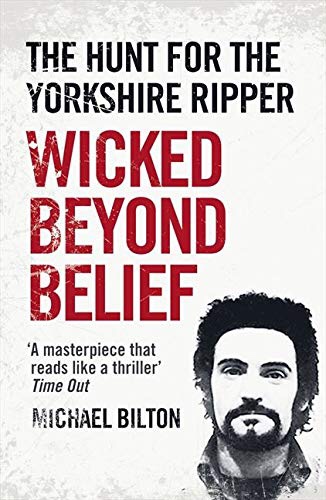

If you want a shorter piece, then try my Amazon review.
I’m not 100% certain if my memory is playing me false. But I believe this is only my second ‘true crime’/serial killer book. The first was about Charles Manson. And I read that about 30 or more years ago!
But true crime, and serial killers in particular, continue to exert a morbid fascination, on both popular culture at large, and – somewhat to my own surprise – me. We recently watched the BBC TV series The Serpent, about Charles Sobhraj, which was, we thought (my wife and I), both very well done, and darkly compelling.
Anyway, on a recent trip to Ely I bought this book, from The Works (£4!). I’d already seen the TV series of the same name (also by the same author). So I had a pretty good idea what it might be like.
Unlike many true-crime serial killer books, with their lurid focus on the perpetrator and the crimes, Michael Bilton chooses instead to focus primarily on the police and their titular hunt. Rather infamously this was a long and horribly inefficient investigation, and that’s the primary focus of this fat tome.
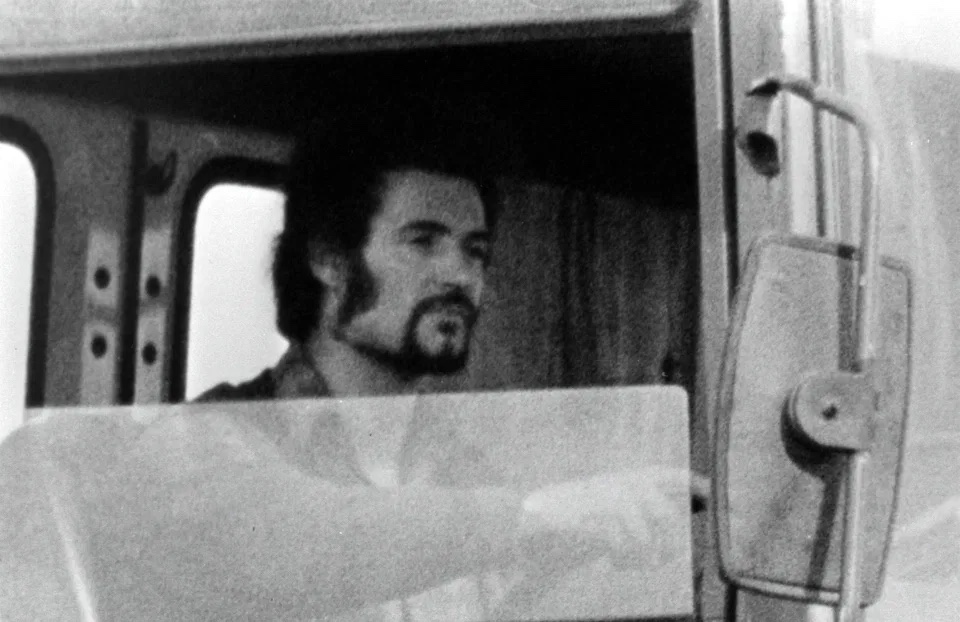
I got this book on Wednesday and had finished it by the following Saturday (yesterday). Luckily for me I’m a teacher on my summer hols, so I’ve had the time. But it’s also testimony to how compelling this is.
I won’t recap the contents here, per se, just read the book, if you’re really interested. But I will ruminate over a few observations: most books of this sort will give a biog’ of the killer, and usually they’ll also make an attempt at some sort of psychological profile. Bilton very deliberately eschews this, dismissing Sutcliffe angrily and contemptuously many times throughout the book.
In place of such analyses we get the equivalent treatment of the coppers instead, and the policing system they belonged to, including connected folk like specialists (forensics, etc), sundry journalists , politicians, and the like, and also the victims.
This is a fat old book, partly because it’s been updated since original publication (2001?), but mostly due to the space given over to often quite lengthy profiles of many a ‘PC Plod’, and also, to a degree, repetition. A stricter editor could’ve usefully trimmed some of this fat off. I have to confess I found the detailed profiles of the cops the least compelling aspect of an otherwise fascinating book.
Peter Sutcliffe is known to have killed 13, with seven victims surviving. But he is suspected to have perhaps have killed as many as thirty or so (not all of these others are mentioned here), an unknown number of others being attacked but escaping.
His primary method of attack was to surprise his unwary victims, violent hammer blows to the head rendering them non-resistant, after which he’d butcher them via frenzied stabbing to the trunk/vitals.
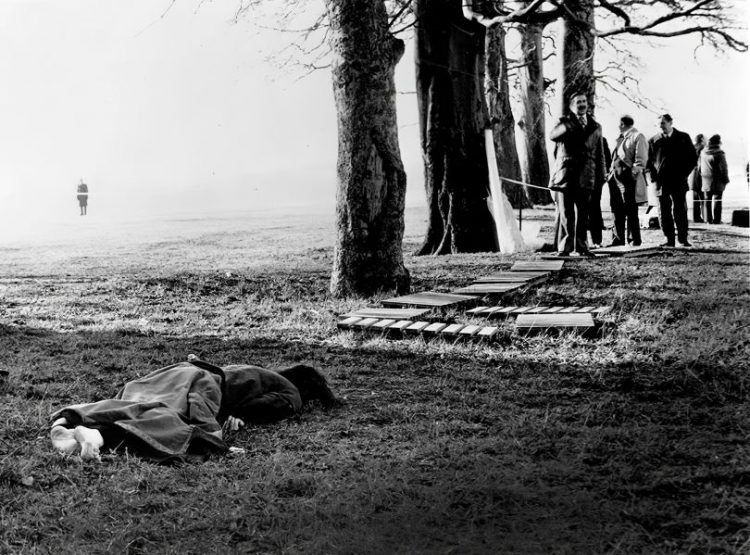
His killing grounds were spread over several northern towns, including Bradford, Manchester, and especially Leeds. He favoured prostitutes, as they were easier to get into out of the way spots; but not always, sometimes just striking almost randomly, at opportune moments.
Most of his crime scenes were in horribly sordid waste ground type spots. Ironically the sites of most of the murders were actually selected by his victims, particularly when they were prostitutes.
The main sequence of known or primary crimes themselves – the ones he confessed to – are all here, and in gruesome enough detail. Viewed, again, not from the perpetrator’s or victim’s perspectives, but the investigating police and forensics specialists, etc. These horrifically brutal ‘nodes’ of action are very obviously a fundamental fascination.
The secondary and yet far bigger theme of this account is the investigation. How it struggled under an avalanche of information, failed to correlate related clues, was mislead (by the ‘Wearside Jack’ hoaxer, amongst other things), and revealed systemic failings in the policing of the day.
As I said at the top of this review. This is not an area I’ve read a great deal in. Partly that’s ‘cause when I’ve scanned such works in years gone by, a great deal has struck me as lurid sensationalist trash, stuff I don’t want to waste my time on.
This is, pardon the tasteless pun, a cut or three above the field as a whole. Decently written by and large. Clearly a labour of passion, with a great deal of investigative investment. But it’s still both rather pulpy and a little messily repetitive compared to most of what I read in other more academic or intellectual spheres.
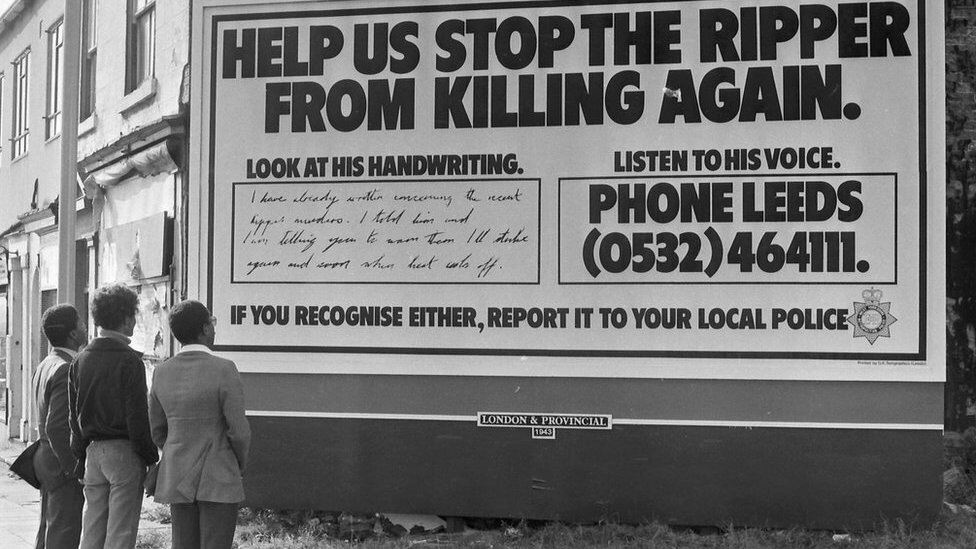
Policing and British law both come over quite poorly, ultimately. As do professional specialists of all sorts, except, perhaps, for the forensic scientists. All too often everyone from cops to psychologists to politicians seem to either be ‘played’ by Sutcliffe, or simply congenitally unable to back down from mistaken assumptions.
Books like this love to seek out and expose a thrilling revelation, a ‘bombshell’. And there is one in particular contained herein, relating to Sutcliffe’s m.o./kill kit, which has a very significant bearing on his post arrest insanity plea. Bilton has a very definite position on this, and makes a very convincing case in this book that Sutcliffe successfully outwitted the law/specialists, in playing the ‘psycho’ card.
The edition I read came out in 2012 (I think), at which time both Sutcliffe and the hoaxer were behind bars. Both are now dead. Sutcliffe killed by a combination of conditions, Covid-19 (for which he refused treatment) administering the coup de grace, in 2020. John Humble, aka Wearside Jack, served just half his sentence (four of the eight years he was sentenced to), dying in 2019, a ‘free man’, in a kind of slo-mo suicide by alcoholism and self-neglect. Sad and sordid endings.
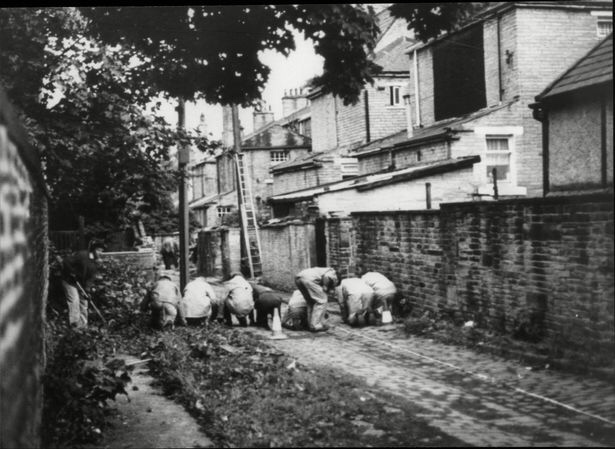
The Yorkshire Ripper’s legacy to his victims, some of whom survived, and their families, and the cops and other investigators (including the hapless souls who stumbled on horrific crime scenes) still reverberates down the years. The only upsides are that, as the books discusses, policing has been thoroughly (we hope/trust) overhauled in the light of systemic failures, and leaps forward in technology (computers) and science (forensics, esp. DNA profiling, which was what caught Wearside Jack) make a repeat spree the duration of The Yorkshire Ripper’s a highly unlikely event.
Re this book, there’s too much info on some rather dull coppers, and not enough info on or insight into Sutcliffe. But nevertheless, all in all, this a very grim but highly fascinating account.
NOTES:
[1] I don’t know the origins of this photograph. It doesn’t appear in this book. One iteration of it I saw online looked very much like a bad fake. Has someone inserted Sutcliffe’s face into a pic of some other lorry driver? Some less tightly cropped versions of this image show the truck sporting a Clark co. logo. A firm Sutcliffe did drive trucks for.
[2] Damning evidence of how Humble’s hoax lead the investigation astray, allowing the real Ripper to escape the net and continue killing.
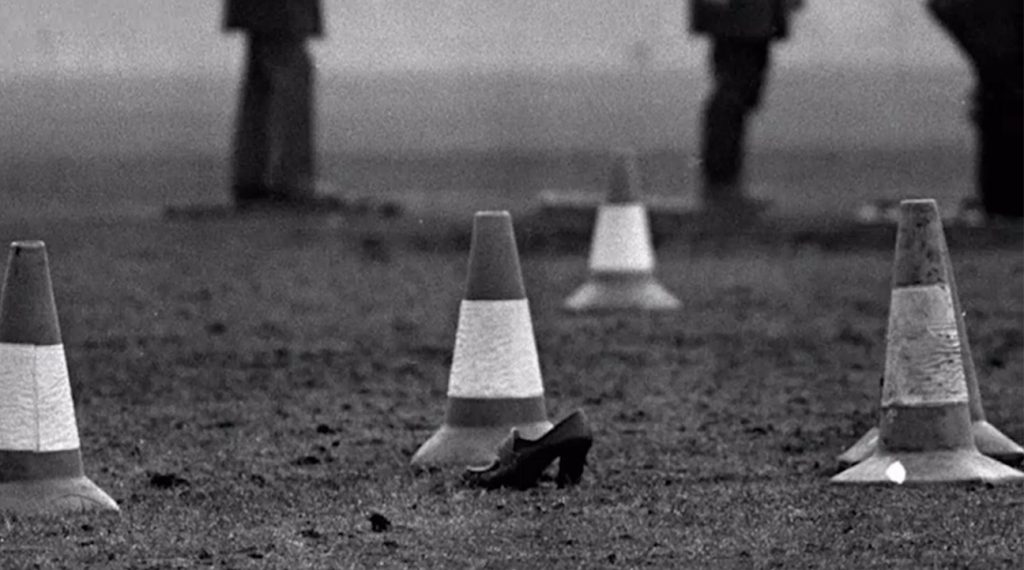
And finally, not for the faint hearted, here’s a link to Sutcliffe’s arrest statements, made in January, 1981: Ripper confessions.
